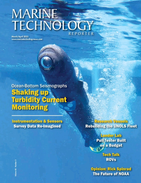The shipwrecks of Australian warship HMAS Sydney II and the German raider HSK Kormoran in the Indian Ocean 200 km west of Shark Bay, Western Australia were recently surveyed by Curtin University and the Western Australian Museum with the help of Teledyne Bowtech, who supplied LED-V-20K lamps, a Surveyor-HD-Pro camera and a 3D-HD system.
An array of 10 LED-V-20K lamps, emitting up to 20,000 lumens each, were used on each of two ROVs to illuminate the wreckage which was filmed using a Surveyor-HD-Pro camera and a 3D-HD camera system all supplied by Teledyne Bowtech as part of a suite of equipment used on the project.
The Surveyor-HD-Pro is a High Definition camera with full 1080p 50/60. It has a water corrected fused quartz hemisphere window and Titanium housing rated to 6,000 m.
The 3D-HD is a high definition stereoscopic camera, also rated to 6,000 m operating depth. 3D imaging is invaluable for ROV manipulation tasks; the perception of depth enables the operator to carry out difficult and time-consuming operations faster and more safely. In all operations subsea, and especially important to marine archaeology, 3D provides a tremendous spatial awareness that is not achieved through normal 2D vision.
Dr. Andrew Woods, Research Engineer at the Centre for Marine Science & Technology at Curtin University reported, “The lights performed really well providing some rich colors and wonderful lighting effects. The Surveyor-HD-Pro camera operated flawlessly. We’ve captured some amazing footage.”
Woods hailed the expedition “a raging success” due in part to good weather, reliable equipment and very careful planning. “All of our goals were met, including many of our stretch goals. There have been comments that we’ve set a new benchmark in maritime archaeology – which is what we set out to do.”
The research team now has the task of reviewing the 50TB of data, around 700,000 still images and some 300 hours of HD video collected during the week long survey.
The Sydney and the Kormoran were destroyed in battle on November 19, 1941 off Western Australia. For many years the fate of the Sydney and her 645 crew was a mystery until both wrecks were found in 2008. Photographs taken at that time did not explain how Sydney could have been so comprehensively disabled, however, new images taken by Dr. Woods and his team clearly show damage which supports the theory that the bridge was destroyed and the ship’s command structure lost early in the battle, as reported by a survivor from the Kormoran.
The intention is that the images of both shipwrecks will be used to create multiplatform museum exhibitions to capture the unique heritage value of these ships for future generations and to honor the lives lost in what is still Australia’s greatest naval tragedy.
• 



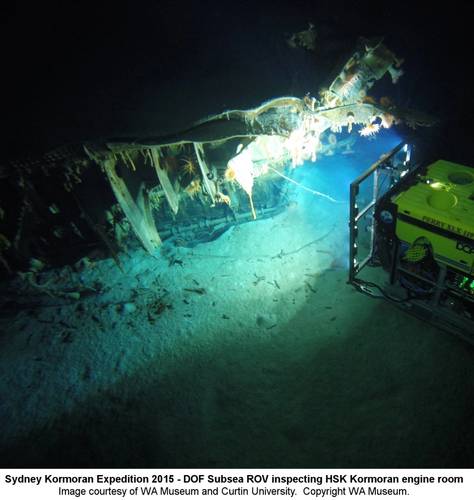
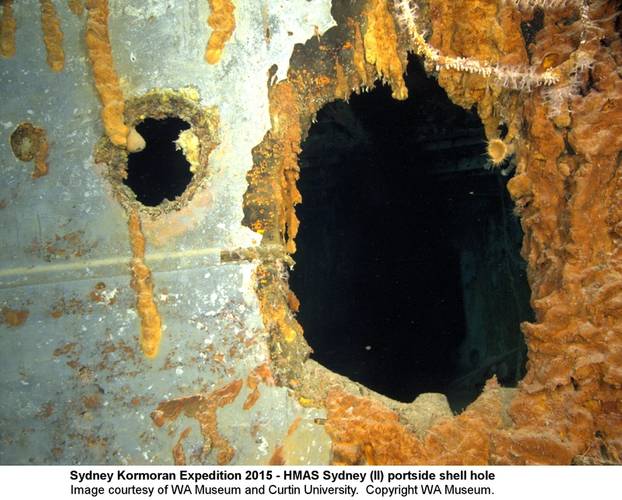
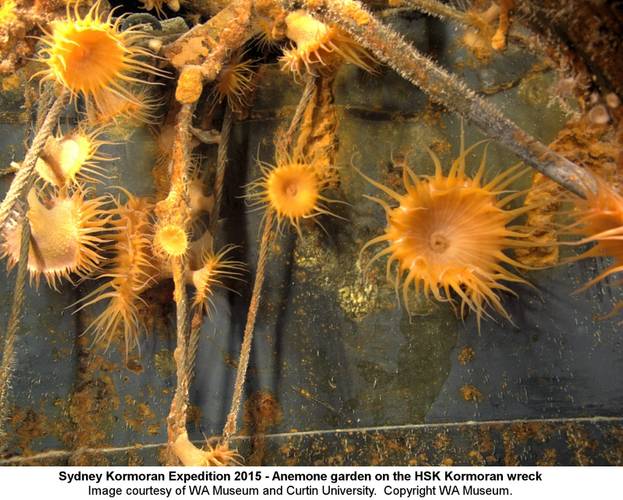


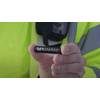
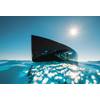
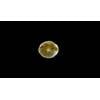
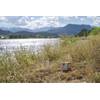






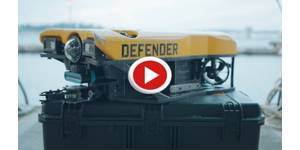

 February 2025
February 2025


